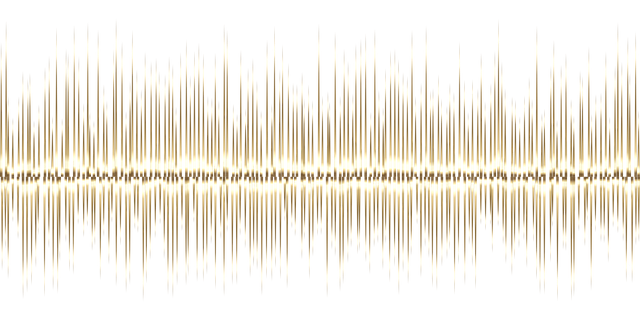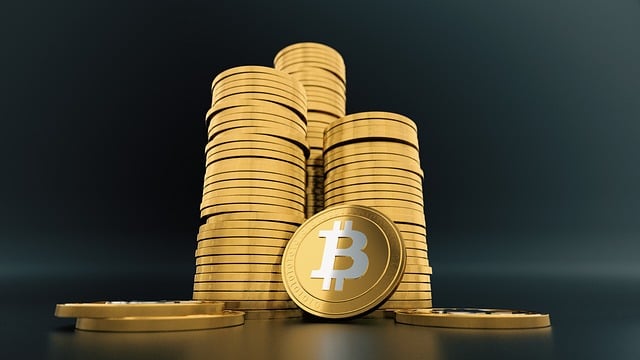Gold IRA Price: Understanding the Current Market
Introduction:
The gold Individual Retirement Account (IRA) has gained significant attention in recent years due to its unique benefits and potential for long-term growth. In this article, we will delve into the world of gold IRAs, exploring their definition, historical context, global impact, economic considerations, technological advancements, policy and regulation, challenges and criticisms, case studies, and future prospects.
Understanding Gold IRA Price
A gold IRA is a self-directed retirement account that allows individuals to invest in physical precious metals, such as gold, silver, platinum, or palladium. The price of gold in an IRA is determined by market forces, influenced by factors like supply and demand, inflation, interest rates, and global events.
Core Components:
- Physical Gold: The most valuable asset in a gold IRA, which can be bought and stored securely.
- Self-Directed Investing: Investors have control over their accounts, making decisions about investments and management.
- Tax-Advantaged Growth: IRAs offer tax benefits, allowing funds to grow without immediate taxation.
Historical Context:
The value of gold has fluctuated throughout history, with periods of high demand and low supply driving prices up. Since the 2008 financial crisis, gold has experienced significant price appreciation, making it an attractive option for investors seeking diversification and hedging against market volatility.
Global Impact and Trends
International Influence:
- Global Economic Uncertainty: As nations face economic challenges, investors seek safe-haven assets like gold.
- Central Bank Gold Purchases: Central banks have increased their gold reserves in recent years, influencing prices.
- Retail Investment Demand: Growing popularity of self-directed IRAs drives demand for physical gold.
Regional Trends:
- United States: Strong economy and high inflation concerns drive gold demand.
- Europe: European economic uncertainty and quantitative easing initiatives impact gold prices.
- Asia: Rapid growth and increasing wealth drive investment in precious metals, including gold.
Economic Considerations
Market Dynamics:
- Supply and Demand: Imbalances in supply and demand can significantly affect gold prices.
- Interest Rates: Changes in interest rates influence the value of gold as a hedge against inflation.
- Inflation: Rising inflation expectations can boost gold prices as investors seek safe-haven assets.
Investment Patterns:
- Risk Management: Investors use gold to diversify portfolios and mitigate risk.
- Inflation Protection: Gold is seen as a hedge against high inflation, making it an attractive option for those seeking protection.
- Store of Value: Gold’s value is often used as a benchmark for other assets, providing a store of value.
Technological Advancements
Significant Advances:
- Online Trading Platforms: Increased accessibility and ease of trading through online platforms.
- Digital Storage: Secure digital storage solutions for investors to hold and manage their gold.
- Mining Efficiency: Improvements in mining technology reduce costs and increase output, affecting supply and demand.
Impact and Future Potential:
- Increased Accessibility: Easy access to information and trading platforms drives demand.
- Efficient Supply Chain: Improved mining and refining processes stabilize supply.
- Digital Gold: The rise of digital gold alternatives and storage solutions may impact traditional physical gold investing.
Policy and Regulation
Key Policies and Regulations:
- Self-Directed IRA Rules: Specific guidelines for investing in alternative assets like precious metals.
- Storage and Insurance Requirements: Investors must comply with storage and insurance regulations.
- Tax Implications: Understanding the tax implications of gold IRAs, including capital gains taxes.
Influence on Development:
- Regulatory Clarity: Clear policies provide investors with confidence and drive demand.
- Accessibility: Easy access to information and compliance requirements facilitate self-directed investing.
- Innovation: Policies can foster innovation in the gold IRA sector, driving growth and adoption.
Challenges and Criticisms
Main Challenges and Criticisms:
- Market Volatility: Gold prices can be unpredictable, making it challenging for investors.
- Security and Insurance: Ensuring the security and insurance of physical gold is crucial.
- Regulatory Compliance: Investors must comply with regulations, which can be complex.
Actionable Solutions or Strategies:
- Diversification: Spread investments across asset classes to mitigate risk.
- Research and Due Diligence: Thoroughly research investment opportunities before committing.
- Professional Management: Consider hiring a professional to manage your gold IRA.
Case Studies
Successful Applications of Gold IRAs:
- Retirement Planning: A 50-year-old investor uses a gold IRA as part of their retirement plan, diversifying their portfolio and reducing risk.
- Inflation Protection: A family invests in a gold IRA to protect their wealth from inflation and market volatility.
- Alternative Investing: An investor allocates a portion of their portfolio to a gold IRA, seeking alternative returns and diversification.
Lessons Learned:
- Diversification: Spread investments across asset classes to mitigate risk.
- Long-Term Focus: Gold IRAs are long-term investment vehicles; patience is essential.
- Education: Continuously educate yourself on the gold IRA market, regulations, and best practices.
Future Prospects
Insights into the Future Outlook:
- Growing Demand: Increased adoption of self-directed IRAs will drive demand for physical gold.
- Technological Advancements: Digital storage solutions and online trading platforms will improve accessibility and efficiency.
- Emerging Trends: The rise of alternative investing, ESG, and socially responsible investing may impact the gold IRA sector.
Conclusion
Summary of Key Points:
- Gold IRAs offer a unique investment opportunity for retirement savings and wealth protection.
- Understanding market dynamics, regulatory frameworks, and technological advancements is crucial for investors.
- Diversification, long-term focus, and education are essential for successful gold IRA investing.
FAQ Section:
Q: What is the minimum investment required to open a gold IRA?
A: The minimum investment varies depending on the custodian and investment options, typically ranging from $1,000 to $5,000.
Q: Can I invest in other precious metals besides gold?
A: Yes, most self-directed IRAs allow investments in silver, platinum, palladium, or other approved precious metals.
Q: How do I store my physical gold?
A: Investors can choose from various storage options, including home storage, third-party depositories, or digital storage solutions.

Optimizing Your Retirement Savings with Top-Rated Gold IRA Pricing Insights
When considering a Gold IRA for your retirement savings, it's crucial to understand the compreh…….
Read More
Optimizing Retirement Savings with Top Gold IRA Providers and Competitive Pricing
A Gold IRA is a retirement investment strategy that allows you to diversify your portfolio with phy…….
Read More
2023’s Top Gold IRA Companies: Costs, Providers, and Planning Strategies
2023 marks a pivotal time for investors considering a Gold IRA as part of their diversified retireme…….
Read More
Optimizing Your Retirement Savings: A Guide to Gold IRA Companies and Best Practices
A Gold IRA is a retirement investment offering diversification benefits, protection against inflati…….
Read More
Optimizing Your Retirement with Top Gold IRA Companies and Pricing Guides
When considering a Gold IRA for your retirement savings, it's crucial to understand the compre…….
Read More
Optimizing Your Wealth with Top-Rated Gold IRA Companies and Strategies
A Gold IRA is a retirement investment strategy that allows for holding physical gold as part of a d…….
Read More
Optimize Your Retirement with Top-Rated Gold IRA Companies: A Cost and Strategy Guide
A Gold IRA is a strategic addition to a diversified retirement portfolio, offering protection again…….
Read More
2023’s Best Gold IRA Companies: Costs, Selection, and Rollover Strategies
2023 Gold IRA investors face a decision on selecting reputable companies to manage their precious me…….
Read More
Optimizing Your Retirement: A Guide to Top Gold IRA Companies and Costs
When considering a Gold IRA, it's crucial to understand the full scope of associated costs bey…….
Read More